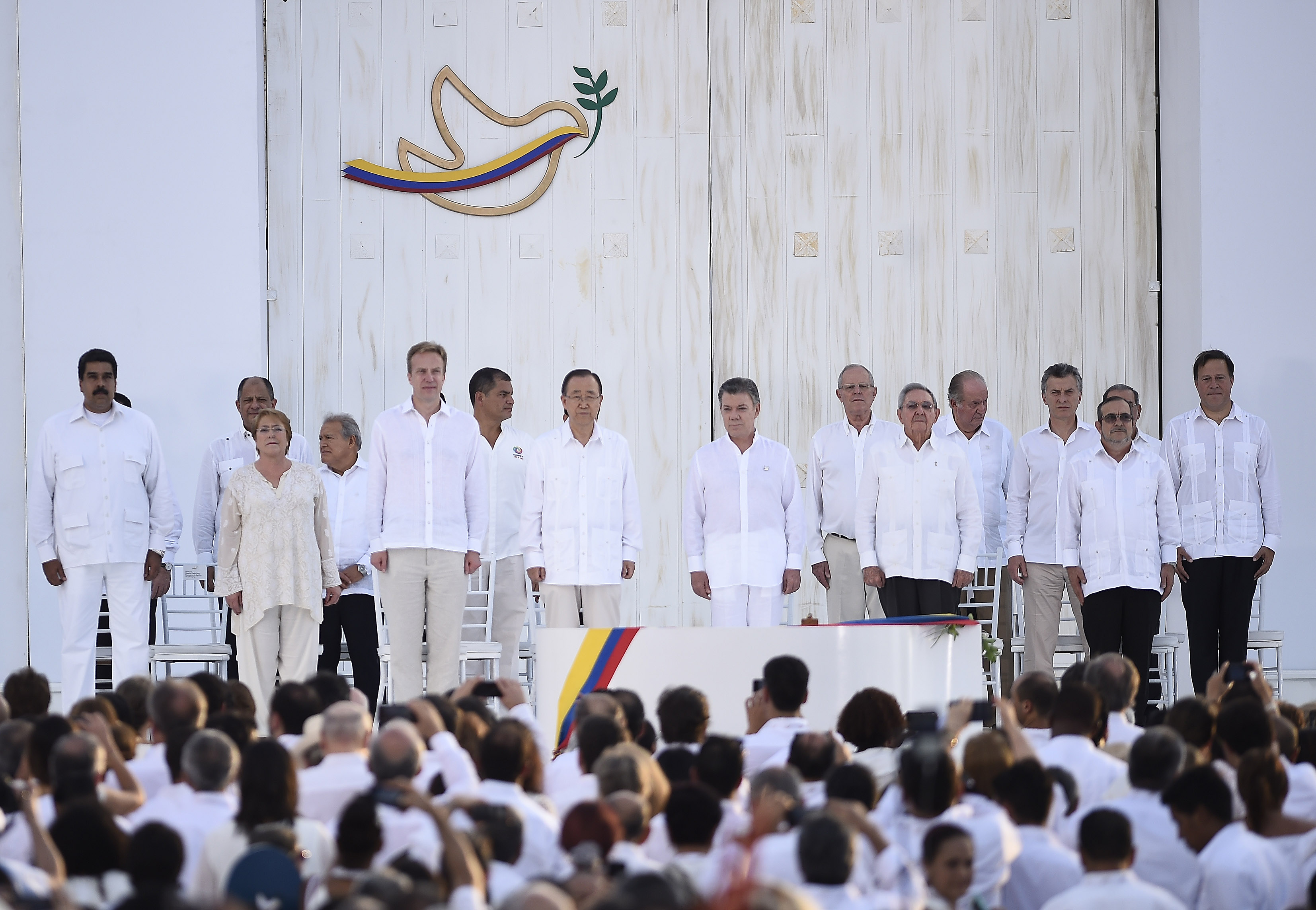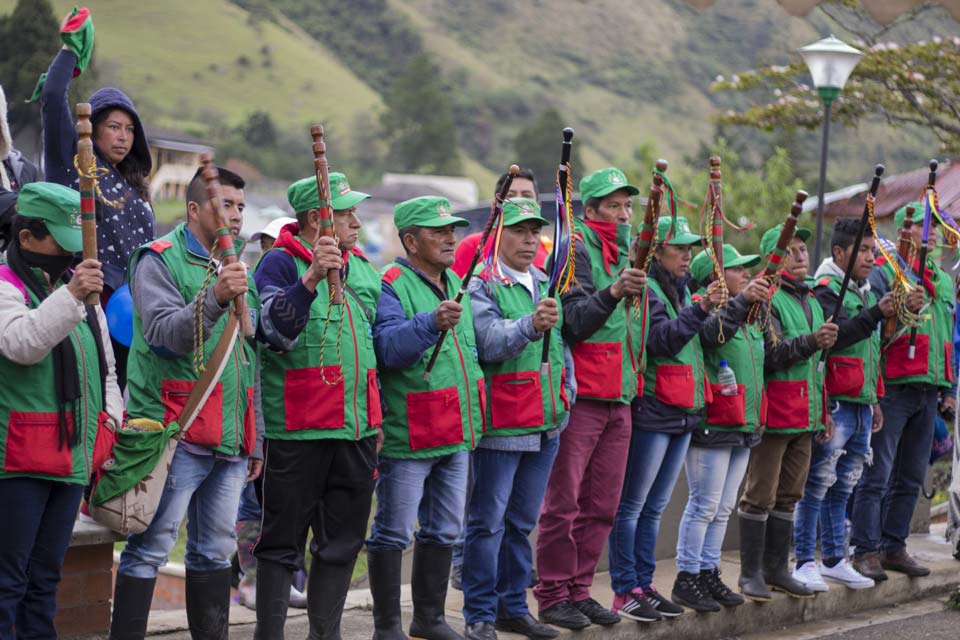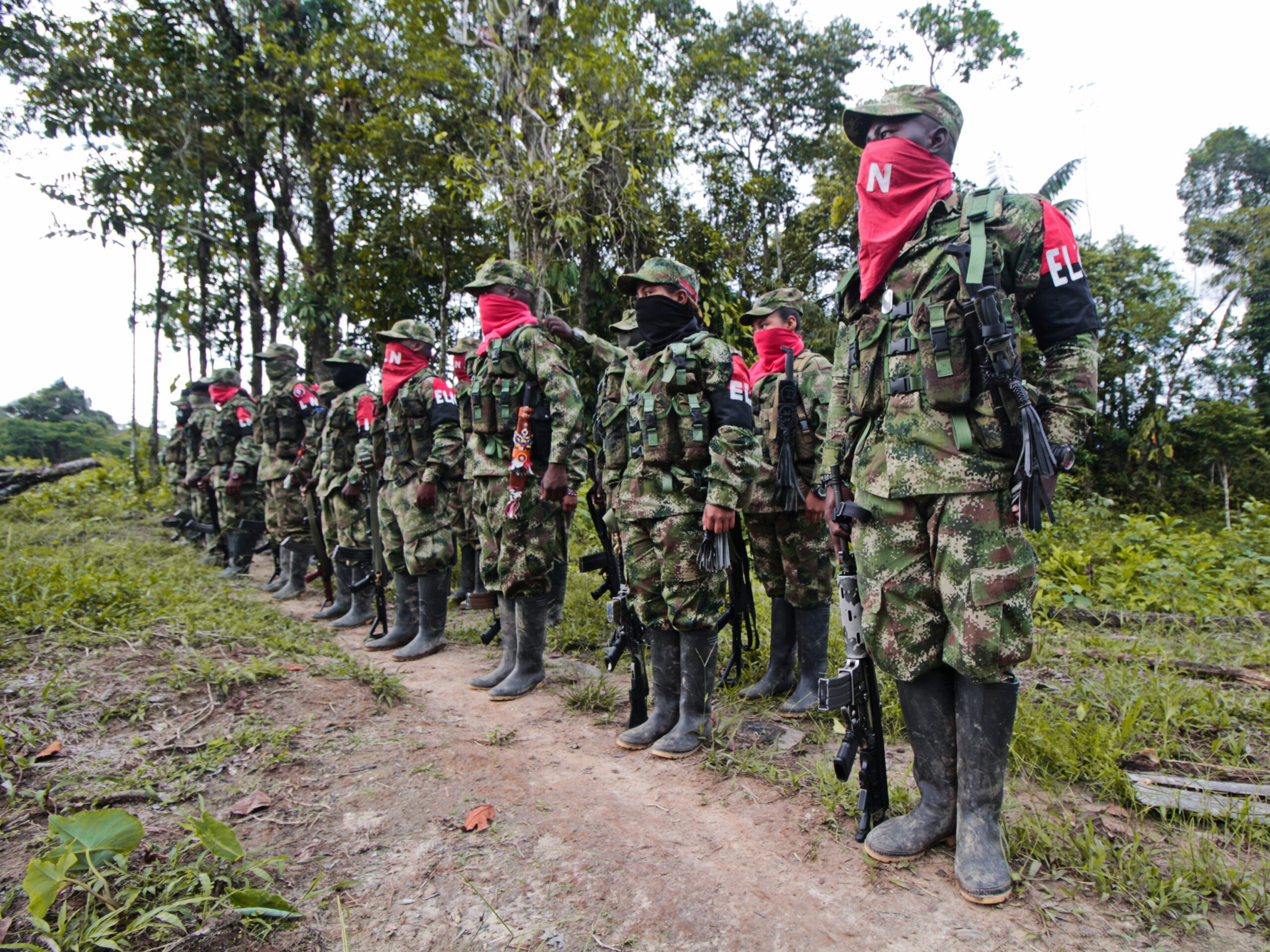Our regular roundup of the country’s COVID-19 cases.
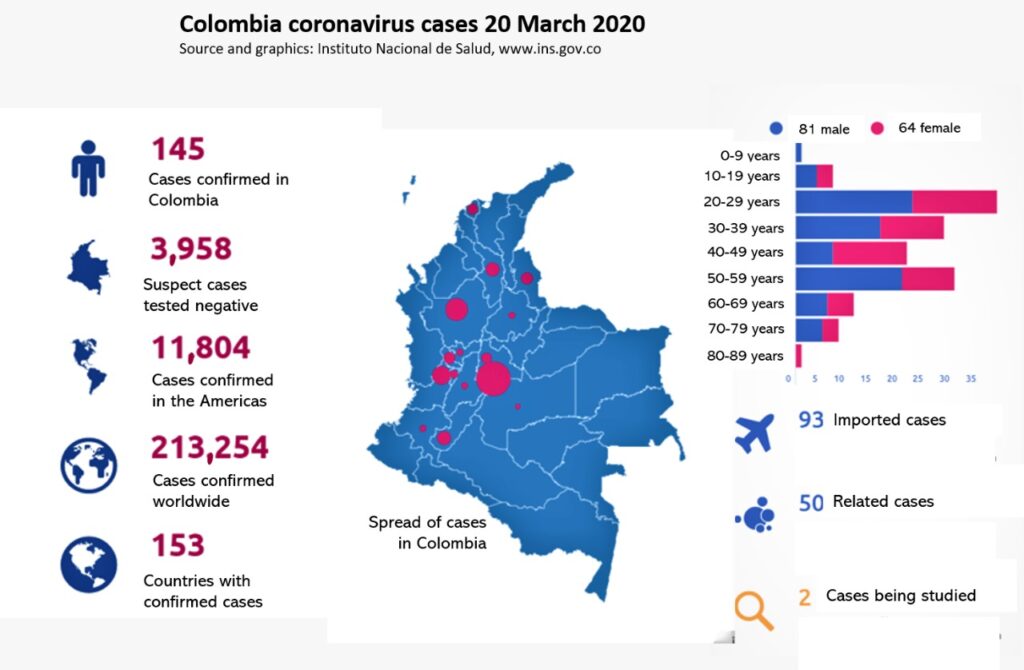
According to Colombia’s public health authority the Instituto Nacional de Salud (INS), 145 coronavirus cases have been confirmed so far in the country, with no confirmed deaths. This tally puts us in 55th place worldwide. Meanwhile, nearly 4,000 suspect cases have been tested negative for COVID-19.
Yesterday’s recorded increase – 17 cases – was lower than the previous day’s rise of 26 cases, but the graph still shows an upward trend since the first notified case on March 6.
Most cases continue to be imported, with 93 persons catching the disease overseas, the majority among people recently in Spain (55).
Another 50 cases are people who caught the disease from travellers bringing it in, mostly close contacts such as friends and family. So far, the INS has not reported any confirmed cases of community spreading, that is cases not obviously connected to the imported cases.
Bogotá has the highest number of coronavirus cases
The INS also reports that the region with most cases is Bogotá (54) but with hotspots in Medellín and Cali. Some good news is that the majority of infected people are being treated at home, with only 10 requiring hospitalisation.
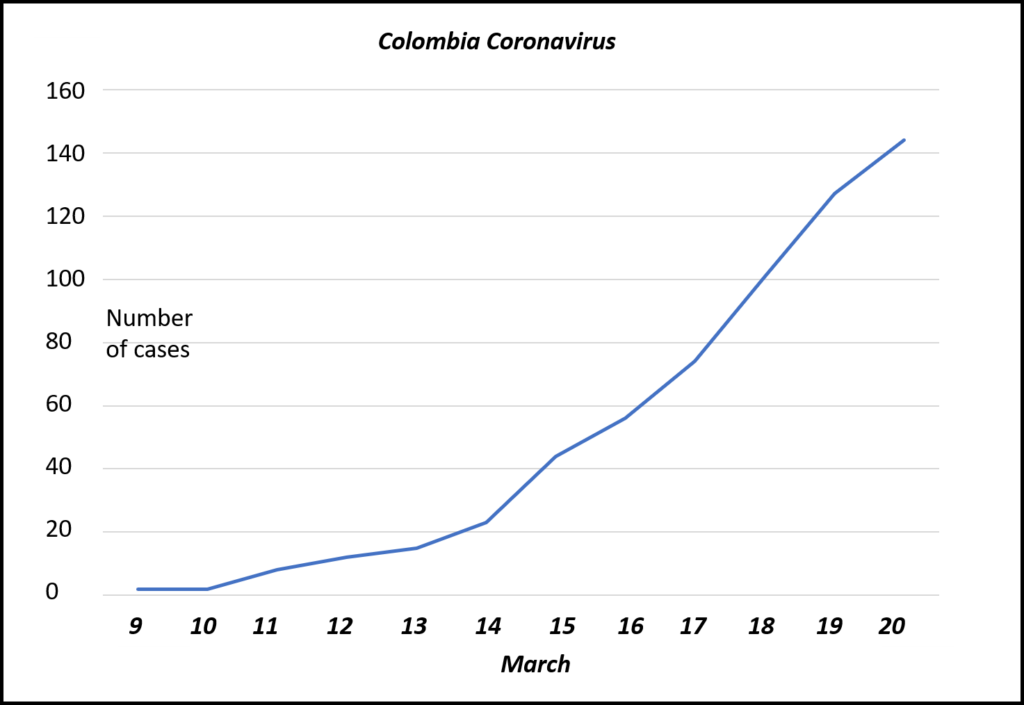
It is interesting to note that in terms of case numbers, Colombia today is close to the figures reported by both Italy and South Korea on February 21 of this year. One month later both countries have had very different outcomes:
- Italy has recorded 37,000 cases and 4,000 deaths.
- South Korea has recorded 8,600 cases and 94 deaths.
This data shows the two very different possibilities for the future of the outbreak in Colombia. In one month will Colombia be closer to South Korea or Italy?
Keep your distance
According to Science magazine many countries are opting for social distancing strategies to slow the virus spread. European countries that were slow to impose restrictions are now seeing massive increases in cases and deaths.
So far Colombia has been an early adopter of curfews, lockdowns, travel restrictions and enforced isolation. Bogotá is currently under a four-day test quarantine drill with most people obliged to stay at home. Land borders are closed and next week inbound international flights will be banned.
Bogotá’s isolation drill: Everything you need to know
But will these measures be enough to prevent a big outbreak in Colombia? Since the virus can incubate in the human body for up to two weeks, the impact of preventative measures will only be seen down the line.
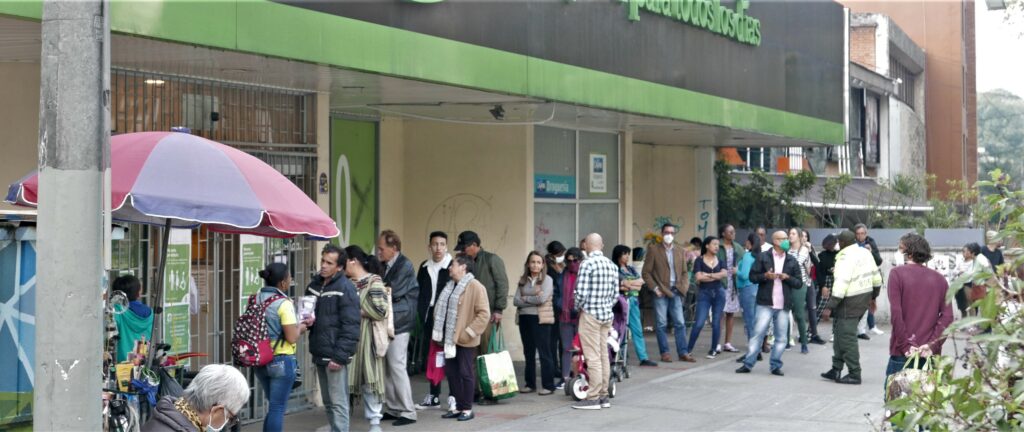
Testing, testing
The World Health Organisation recently announced that another key response to the outbreak is mass testing of people to isolate confirmed cases and find their close contacts to also track and isolate other carriers, as was used successfully in South Korea.
Such a tactic requires human power – teams to go out and find cases and contacts – and the ability to carry out fast mass testing.
All our coverage on the coronavirus in Colombia.
Colombia currently has seven laboratories able to test for COVID-19 between them able to process more than 3,000 tests a day, but with results coming usually after 24 hours.
But despite this testing capacity, the director of the INS Martha Lucía Ospina today told El Tiempo that only 800 samples were being sent per day by health clinics around Colombia, despite people reporting symptoms of the coronavirus and wanting confirmation.
“We’re worried that not enough test samples are being sent in,’ said Dr Ospina. Teams have now been dispatched to health clinics to find the bottleneck.
The INS comments – and experience of other countries – suggests the real infection figures could be much higher than the official test figures.
Scientists in China now believe for every COVID-19 case confirmed by the lab there are 5 to 10 times as many cases that go undetected among people with mild or no symptoms of the illness, but still able to spread the virus.
Check our website for more updates in the coming days.

